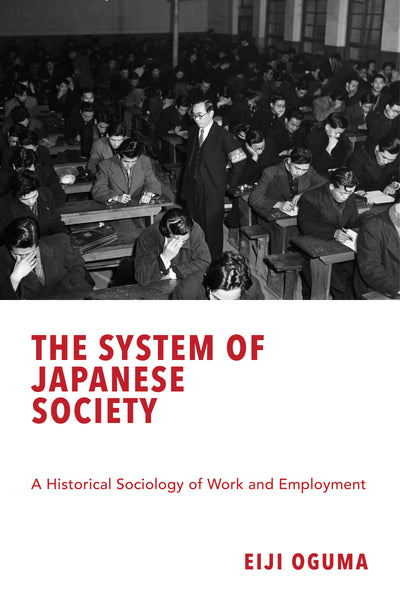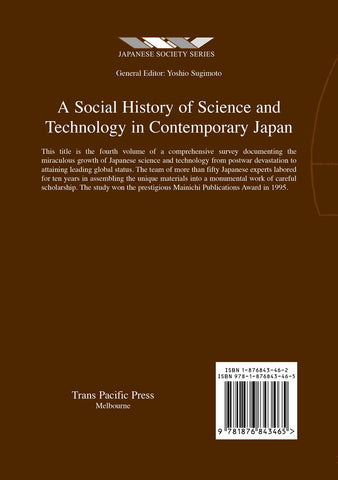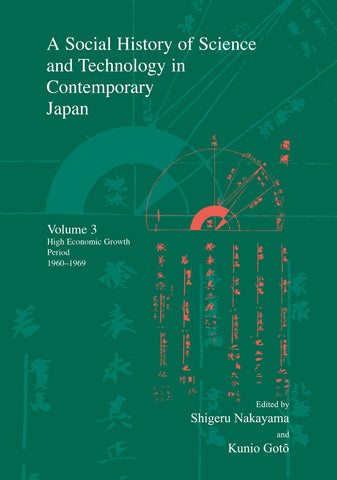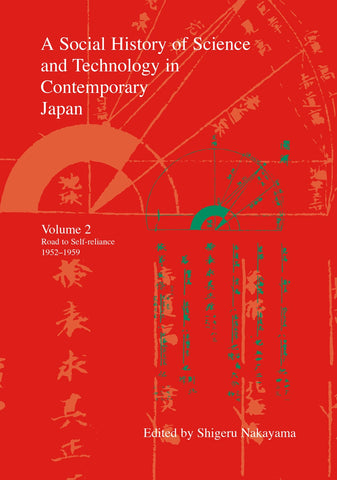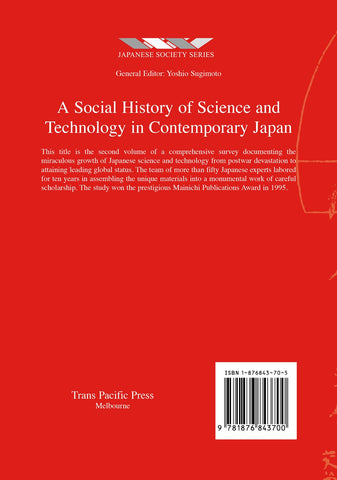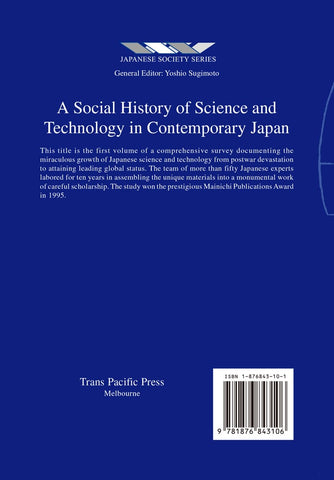The System of Japanese Society
Many In Stock
In developed countries, non-regular employment in the labor market is increasing and the gap between rich and poor is widening. Gender inequality in employment is also often an issue.
Japan is no exception. In recent years, the dual structure of the employment market has become problematic. A unique systemic rigidity has created an employment environment that is so different between regular and non-regular employment, and between large and small enterprises, that it is difficult for employees to move up the hierarchy.
This book has two main themes: first, statistically revealing the dual structure of employment that has been created by the Japanese-style employment system; and second, tracing the historical process to the formation of Japan’s unique employment practices under the influence of governmental bureaucracy and military culture. This process is compared with the history of employment systems in the US and Europe.
Through this book, readers will gain a deeper understanding of the issues facing Japan by learning how the system of Japanese society, including employment, education, social security and welfare, and gender inequality, was established historically.
About Editors and Authors
Eiji Oguma is professor at the Faculty of Policy Management, Keio University. His socio-historical works on modern Japan cover national identity, colonial policy, post-war democratic thought, the 1968 student movement and Japan’s employment system. He has been awarded seven major prizes for his work, including the Suntory Prize for Social Sciences and Humanities, the Mainichi Publishing Culture Award and the Japan Sociological Society Encouraging Award, as well as one prize for documentary filmmaking in Japan. His major publications in English are A Genealogy of ‘Japanese’ Self-Images (2002) and The Boundaries of ‘the Japanese’, vols. 1 (2014) and 2 (2017), all published by Trans Pacific Press.
Table of contents
List of Figures
List of Tables
About the Author
Preface
Introduction
1 The Dual Structure of Japanese Society
2 The Japanese-style Employment System and Its Characteristics
3 Implanted Bureaucracy: The Origins of ‘Japanese-style Employment’
4 The Formation of Norms
5 Democratization and Equality of ‘Shain’ (Company Employee)
6 High Growth and the Completion of the Japanese-style Employment System
7 A New Dual Structure
8 Japan’s Employment System and Dual Structure
Notes
Bibliography
